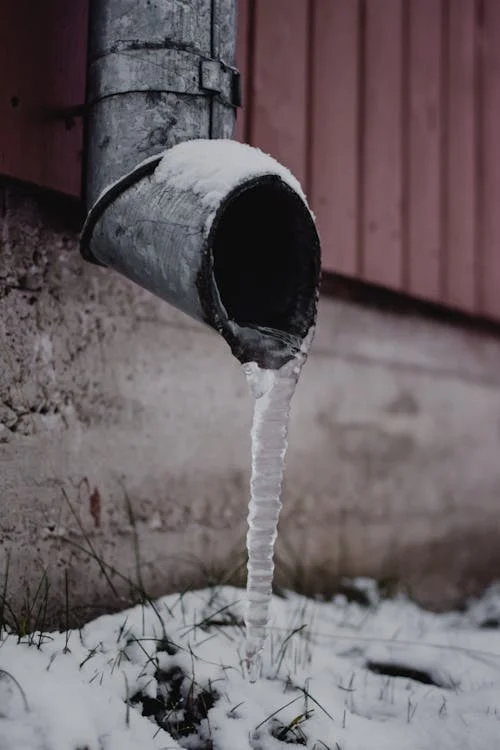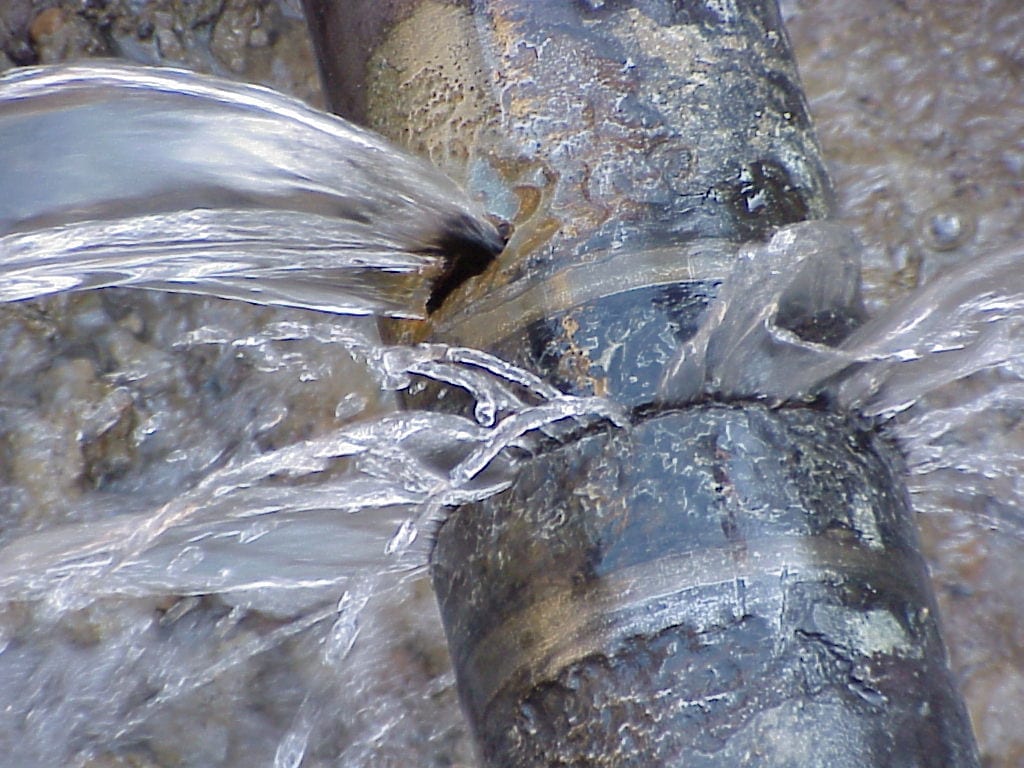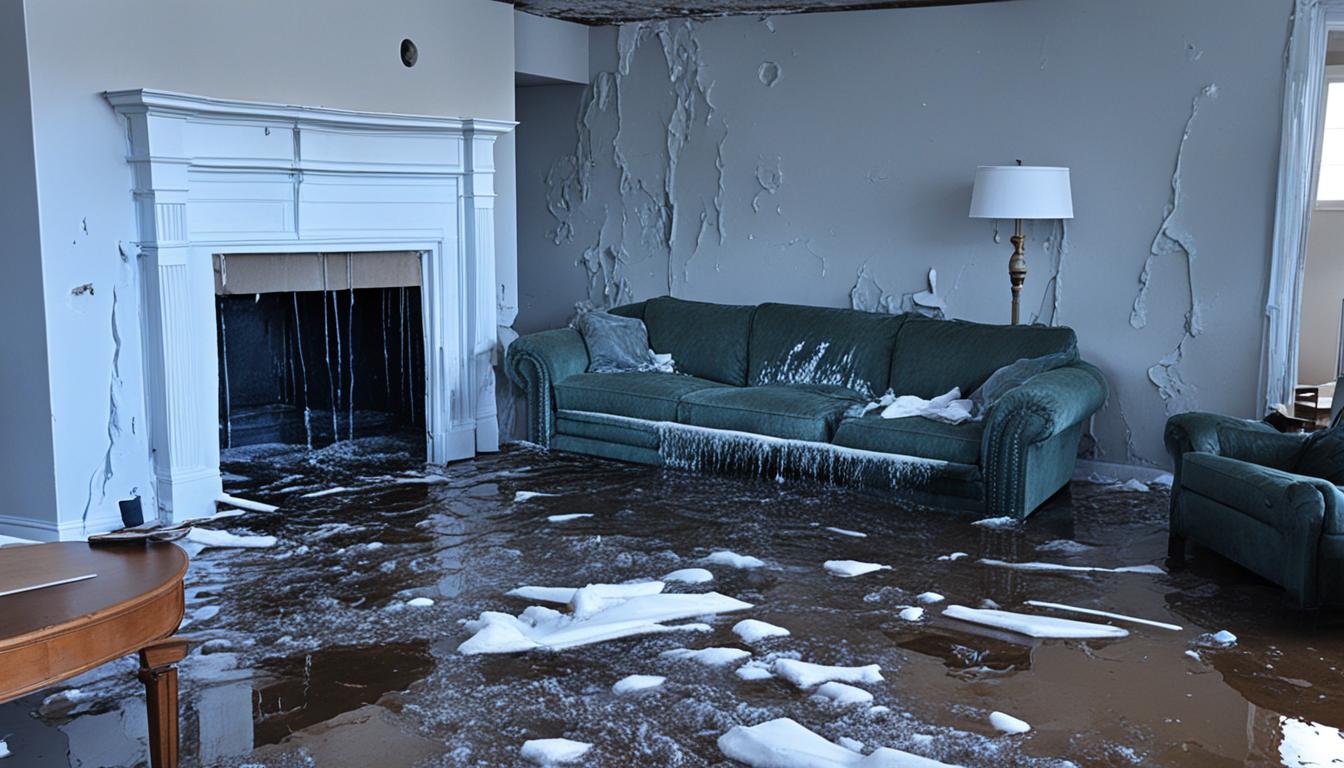Burst Pipe Repair: Professional Solutions to Minimize Damage and Costs
Burst Pipe Repair: Professional Solutions to Minimize Damage and Costs
Blog Article
Stopping Burst Piping: Essential Tips to Secure Your Plumbing
Stopping burst pipes is a critical concern for house owners, especially throughout cooler months when the risk of cold is increased. Applying tactical procedures such as appropriate insulation, routine assessments, and maintaining regular indoor temperatures can significantly minimize the chance of pipeline failing.
Understand Pipeline Vulnerabilities
Recognizing pipeline susceptabilities is necessary for reliable plumbing upkeep and preventing costly damages. Several aspects add to the susceptibility of pipelines to bursts, including product composition, age, and environmental problems. Older pipelines, especially those made from galvanized steel or polybutylene, typically degrade gradually, resulting in raised risk of leakages and tears.
Temperature level changes can also considerably effect pipeline stability. In cooler climates, water entraped in pipelines can ice up, broadening and applying pressure on the pipe walls, which may eventually cause a ruptured. High water stress can stress pipelines, specifically at bends and joints, enhancing the chance of failing.

Insulate Water Lines Effectively
Appropriate insulation of pipes is vital for protecting against freezing and subsequent ruptureds during cold weather condition (burst pipe). Insulating your pipes system properly safeguards versus temperature level drops that can lead to costly damage. Begin by identifying vulnerable areas where pipes are subjected to outside temperature levels, such as cellars, attic rooms, and exterior walls
Use foam pipe insulation sleeves or wrap insulation tape around these locations to give a safety obstacle. Make sure that all areas of the pipes, especially those with restricted warm exposure, get sufficient insulation. Pay special attention to joints and installations, as these are extra prone to cold.
When protecting, it's necessary to select materials that meet neighborhood building ordinance and are proper for the certain atmosphere. For example, fiberglass insulation is often advised for its thermal resistance residential properties - burst pipe. In addition, take into consideration using warmth wires or tape in severe conditions, which can be connected in to supply additional heat
Regularly inspect insulated pipelines for any kind of indications of wear or damages, as endangered insulation can lessen its performance. By taking these aggressive steps, you dramatically reduce the threat of pipe ruptureds, guaranteeing a trustworthy plumbing system throughout the cold weather.
Maintain Constant Temperature Level
A secure indoor temperature is crucial for avoiding burst pipes during the icy months. When temperature levels drop, water within pipelines can ice up, producing and expanding pressure that might eventually cause the pipes to ruptured.Making use of a programmable thermostat can help take care of interior temperature levels effectively, making sure that areas with plumbing continue to be warm even when the house is unoccupied.
Additionally, it is prudent to enable faucets to drip a little during severe chilly spells. This minor flow of water can stop freezing by reducing Recommended Site stress within the pipelines. Throughout specifically severe weather events, think about briefly putting on hold any nighttime setbacks on your thermostat to preserve a stable cozy environment. By applying these techniques, property owners can dramatically minimize the risk of pipeline ruptureds and protect their pipes systems versus the rough winter months aspects.
Consistently Inspect Pipes
Regular examinations of plumbing systems are crucial for protecting against burst pipes and keeping general home integrity. Routine checks permit home owners to recognize possible problems prior to they escalate into pricey fixings or significant water damages. Throughout these evaluations, it is necessary to examine noticeable pipelines for signs of rust, leakages, or put on. Pay special focus to areas susceptible to cold, such as cellars, attic rooms, and exterior walls.
Furthermore, checking joints and links is vital, as these points are commonly vulnerable to leakages. Home owners should also evaluate water stress degrees, as too much stress can stress the pipes system and boost the threat of pipeline ruptureds.
Take into consideration organizing expert pipes assessments at the very least annually, especially before winter season, to guarantee your system is planned for cooler temperature levels. Routine examinations not just aid in recognizing prompt concerns but also foster long-term upkeep methods that can enhance the lifespan of your plumbing system. By being positive in your strategy, you can secure your home versus the costly and turbulent repercussions of burst pipes. Focusing on plumbing assessments is an investment in your home's health and wellness and security.
Know Emergency Situation Treatments
Recognizing emergency treatments is important for every house owner, particularly after carrying out routine plumbing assessments. Being prepared for a pipes emergency can substantially alleviate damages Website and save prices.
Next, maintain essential tools convenient. A pipes emergency situation kit need to include a wrench, plunger, and towels, in addition to a flashlight and a bucket for tiny leaks. In addition, consider having the call details for a trusted plumber easily available, must the scenario rise beyond your control.
If you identify a leak or ruptured pipeline, instantly switch off the water and notify your plumbing professional. Record the damage with pictures for insurance objectives. Understand the indications of potential pipes concerns, such as unusual water pressure changes or damp places on walls
Eventually, aggressive expertise and swift action are vital in handling pipes emergencies, ensuring your home stays safeguarded and decreasing possible damage.

Final Thought
Finally, stopping burst pipes requires a diverse method that consists of understanding pipe vulnerabilities, proper insulation, keeping constant indoor temperature levels, normal examinations, and understanding of emergency procedures. By carrying out these vital methods, the threat of pipes failings can be dramatically decreased, therefore ensuring the long life and effectiveness of the pipes system. Proactive steps not just safeguard against possible damages yet also add to total water preservation and the security of home.
In chillier environments, water trapped in pipes can ice up, increasing and exerting pressure on the pipeline walls, which may inevitably lead to a burst. When temperature levels decline, water within pipes can ice up, expanding and producing pressure that might ultimately trigger the pipelines to ruptured. By applying these methods, homeowners can dramatically lower the risk of pipeline bursts and guard their pipes systems versus the harsh this post wintertime components.

Report this page